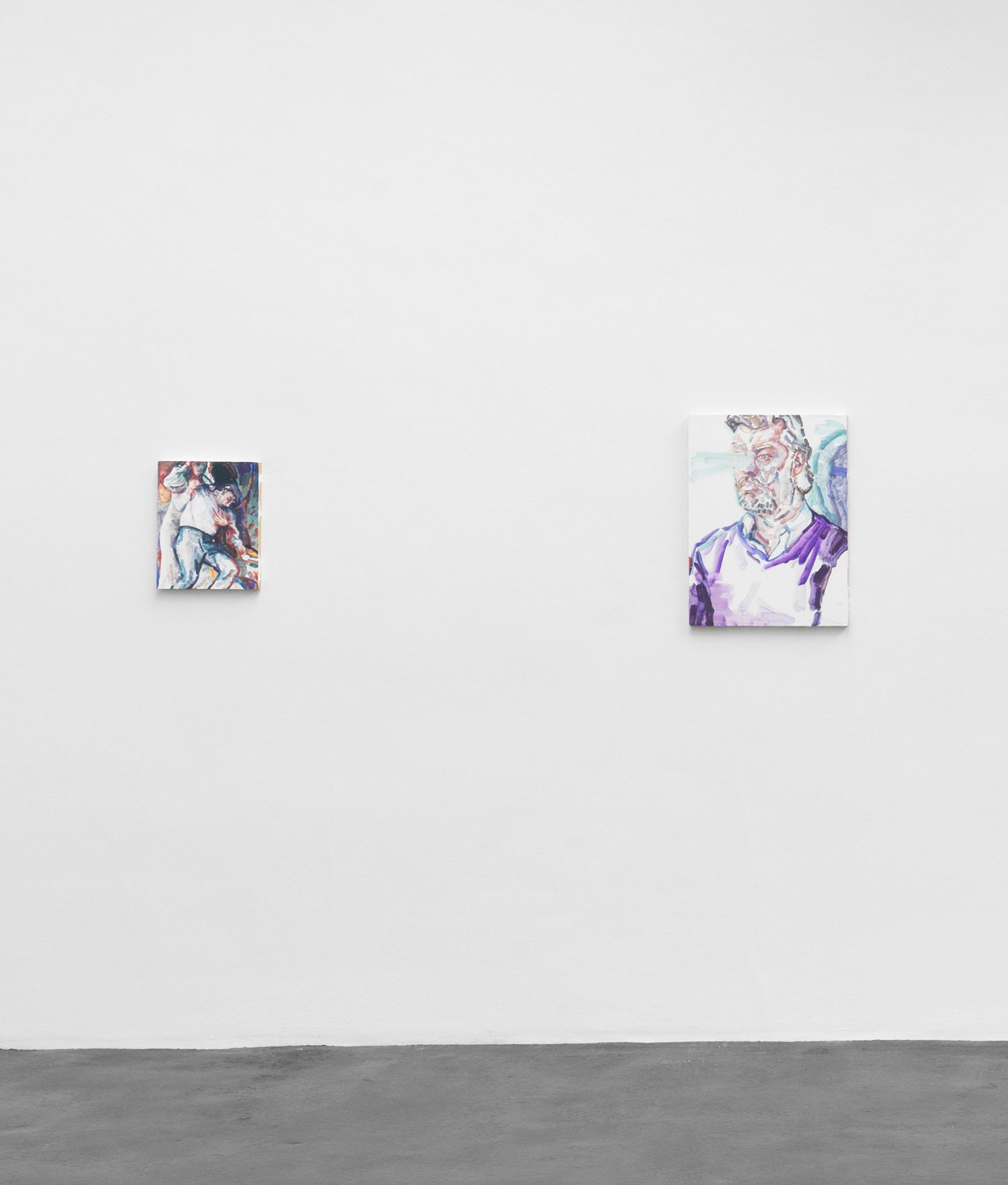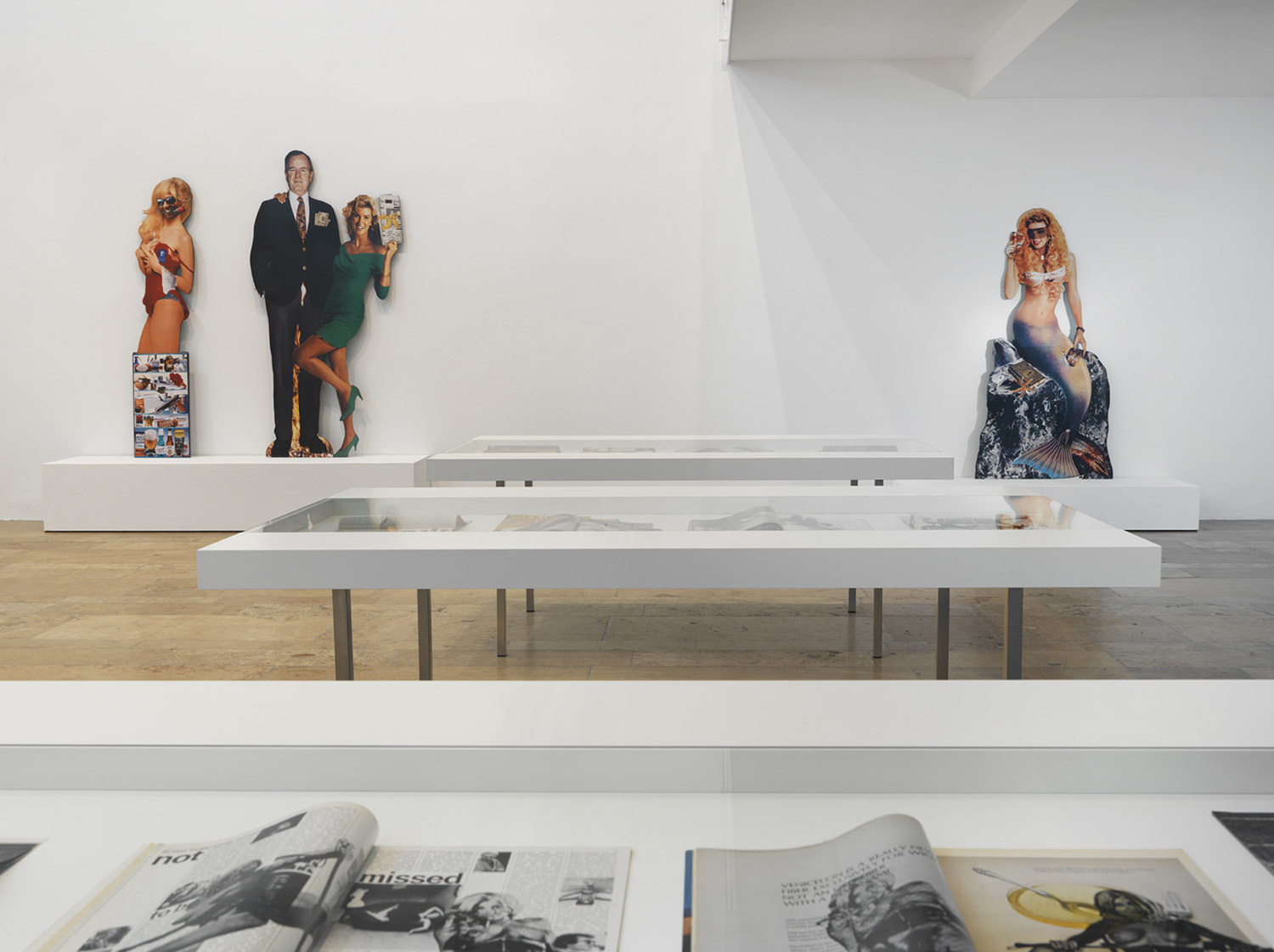Can the over-hyped contemporary art world midwife a rejuvenation of the classical opera? That was one of the unspoken questions hovering over the latest work of Icelandic art star Olafur Eliasson. Or the other way around – how much does the musical genre require adaptation, in order to survive alongside a spectacular artwork?
Considering the theatrical qualities of Eliasson’s magic, it appears logical for him to branch out towards music and theatre, particularly since his idea of an opera without music, proposed for the National Opera in Copenhagen but never realized. Some of the ideas connected to this work may have informed his approach to working at the Staatsoper Berlin, renowned for John Bock’s rock opera performance “Malträtierte Fregatte” (2006) , and with director Peter Mussbach, who had experience working contemporary artists as stage designers with the acclaimed Danish artist couple Elmgreen and Dragset, for a run of Pascal Dusapin’s “Faustus Last Night”.
Eliasson was invited to build his stage to the latest opera of Hans Werner Henze, at 81 widely considered to be the greatest German composer alive. In spite of a serious illness and the personal tragedy of the death of his partner, he managed to complete his fourteenth opera, “Phaedra,” picking up on the classical story of Phaedra, who falls in love with her stepson, Hippolytus, triggering catastrophy. Fatally wounded Hippolytus is restored to life by Artemis, the goddess of the hunt, and given new life as Virbius, who then experiences his being as fragmentary. But also the identity of Phaedra is divided in her character and self-observation. In terms of the story the viewer remains in an oscillatory position, never able to quite identify with a character.
Having placed the orchestra in the back of the audience, playing to the blackened stage rather than the audience, a kaleidoscope of hierarchies comes into play in Eliason’s stage design turning it into less an interpretation of Henze’s opera but much rather taking it as a point of departure for his renegotiation of the topography of the opera house. The relatioships of director, composer, performing artists, audience and of course set designer come under scrutiny here. When the black stage opens up, it does so to a wall of mirrors reflecting the audience, the singers and the orchestra.
In an entertaining attempt of reversing the central perspective of the opera house, the artist tried to produce a “polyphonic perspective with one vanishing point in every audience’s ear” as he related in an interview with the director. The parallels Eliasson’s stage design and Henze’s music compliment each other in terms of clarity and precision, they hardly correspond. They don’t need each other, and seeing both together is increasingly a weird exercise in coping with arrogance.
As his mirror installation literally takes centrestage, playing towards the architecture of the house, it dwarfs the actors and turns the viewers into a seated mass of people, in a kind of déjà-vu of his 2003 Tate Modern “Weather Project” mirror ceiling. But people don’t wave at their reflections here. What a relief.



